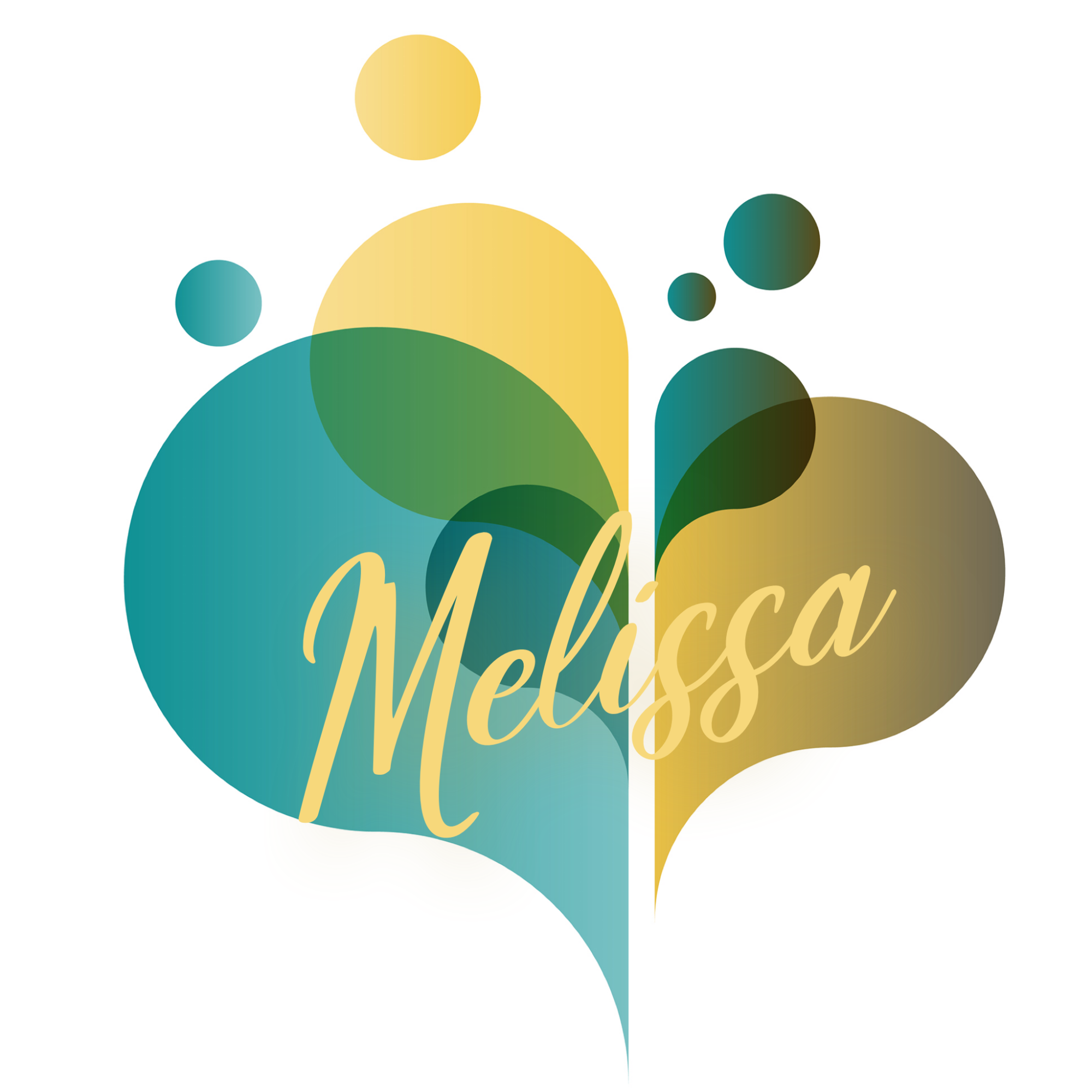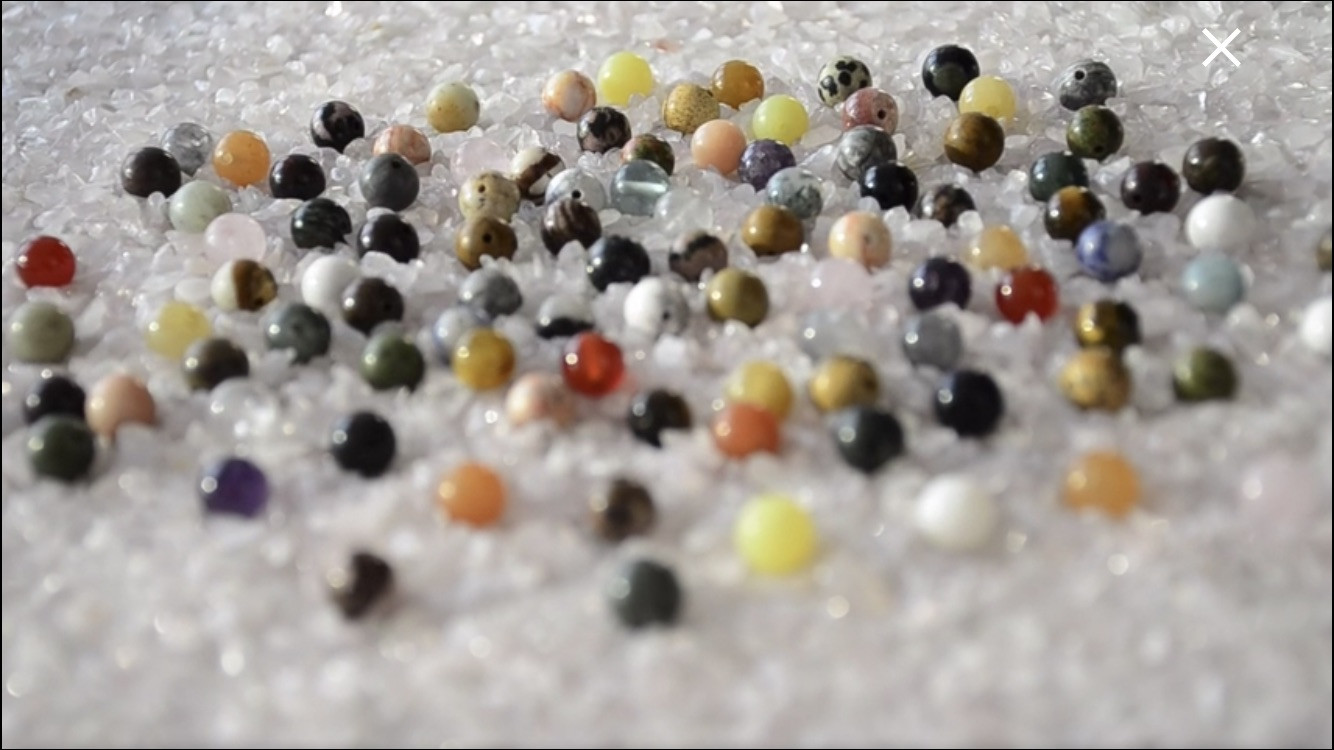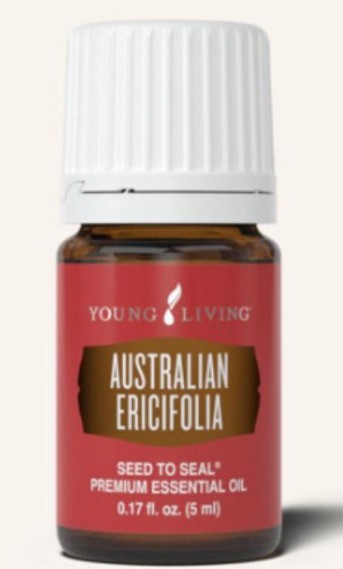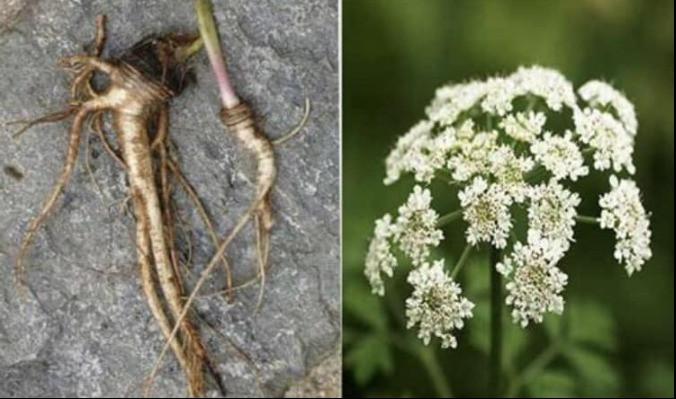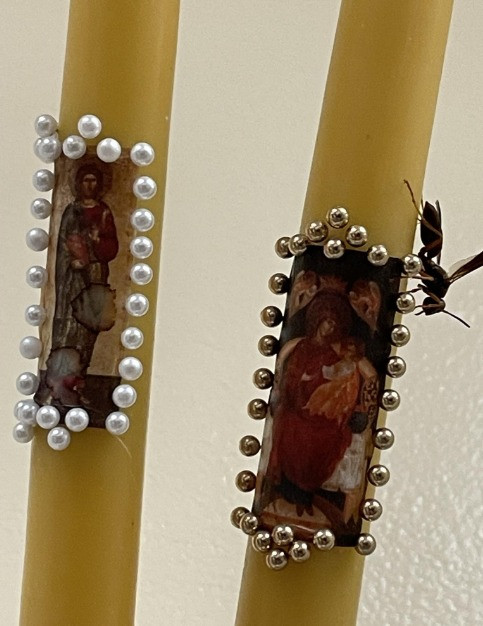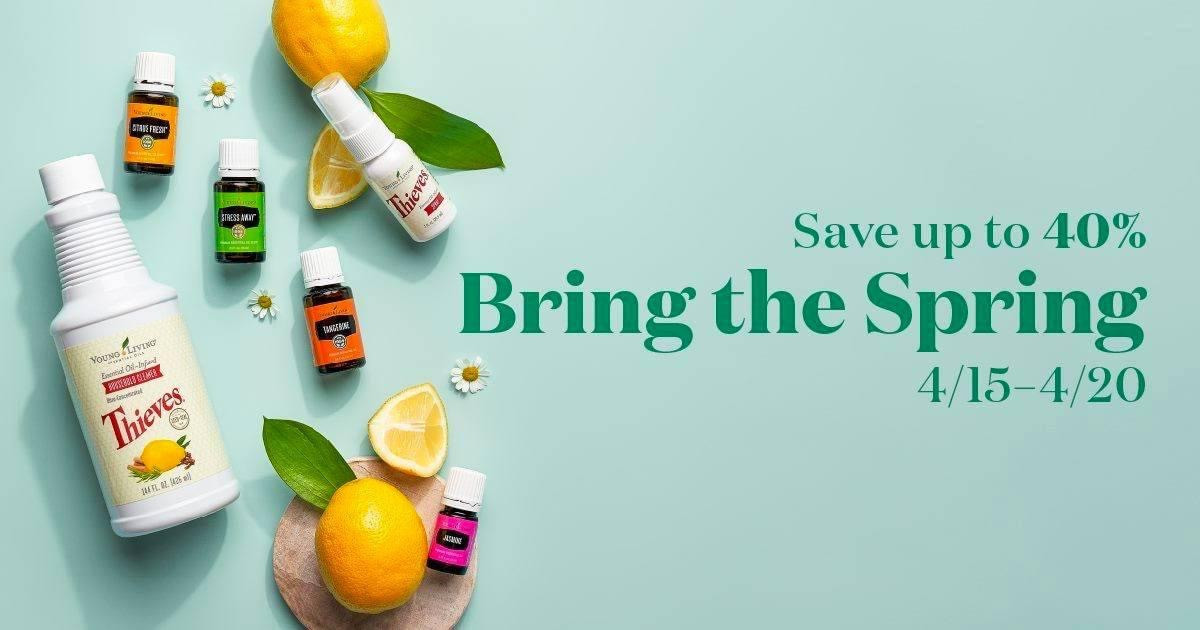
In looking back through my youth, the time of my life that I look back on with the most embarrassment and discomfort, is junior high. That stage between 11 and 13, where you're too old to keep playing little kid games, and think you know everything, but aren't old enough to accept that you don't (know everything, that is), and to top it all off, you want very much to be accepted by a group... any group.. and in the pursuit, you lose a lot of yourself for a little while and make some really un-wise decisions. Anyone else feel that way about those years?
Read more...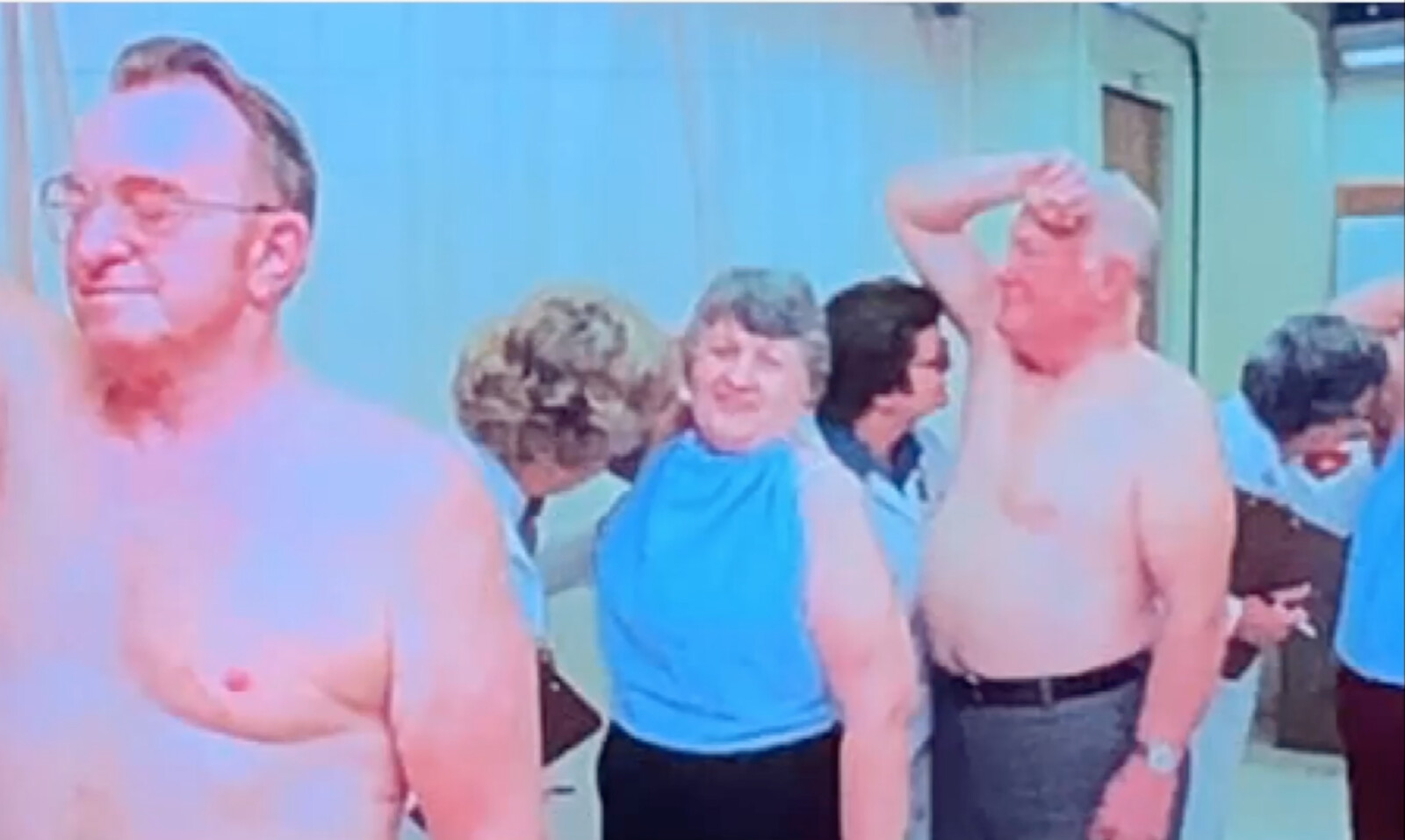
We can't talk about Beating Body Odor without giving a nod to the hard-working endocrine system, with all its nodes, and nodules, and pathways through the body. The Beating BO Lunchtime Learning session gives ideas on ways to naturally detox and un-funk yourself before you venture back into the faces (and noses) of your fellow (hu)man, and talks about how your endocrine system has a hand in all your stinky self.
Young Living goodies mentioned in today's video include bar soap, tooth care products, laundry aids, helpful tips for stinky teenage shoes, natural Deo options, and more - step inside for the bonus of what to do about someone else's BO!
Thanks for joining!
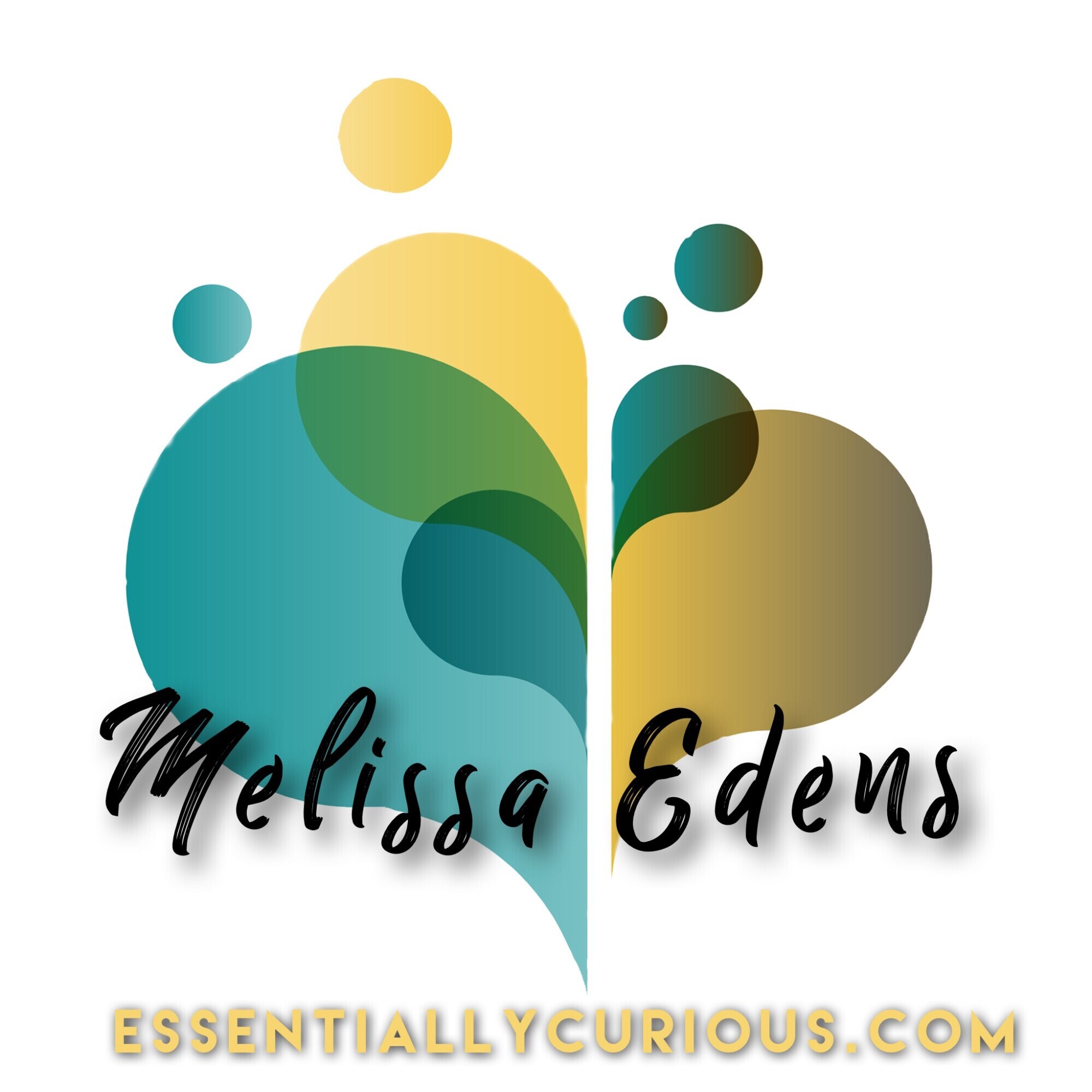
There are SO many hair care products on the market! I don't know about you, but going to that section of any store can be quite overwhelming. In this short video, Abby McDonald walks us through some of her favorites and how they've helped her get her hair ready for her upcoming wedding!! Bonus content is her personal recipe for a Mermaid Spritz to smooth hair out and help detangle it. *Swooning* over here!!
If the recent changes in education have you pondering whether or not maybe you could homeschool after all, but you don’t know where to start, this is the blog post for you.
Read more...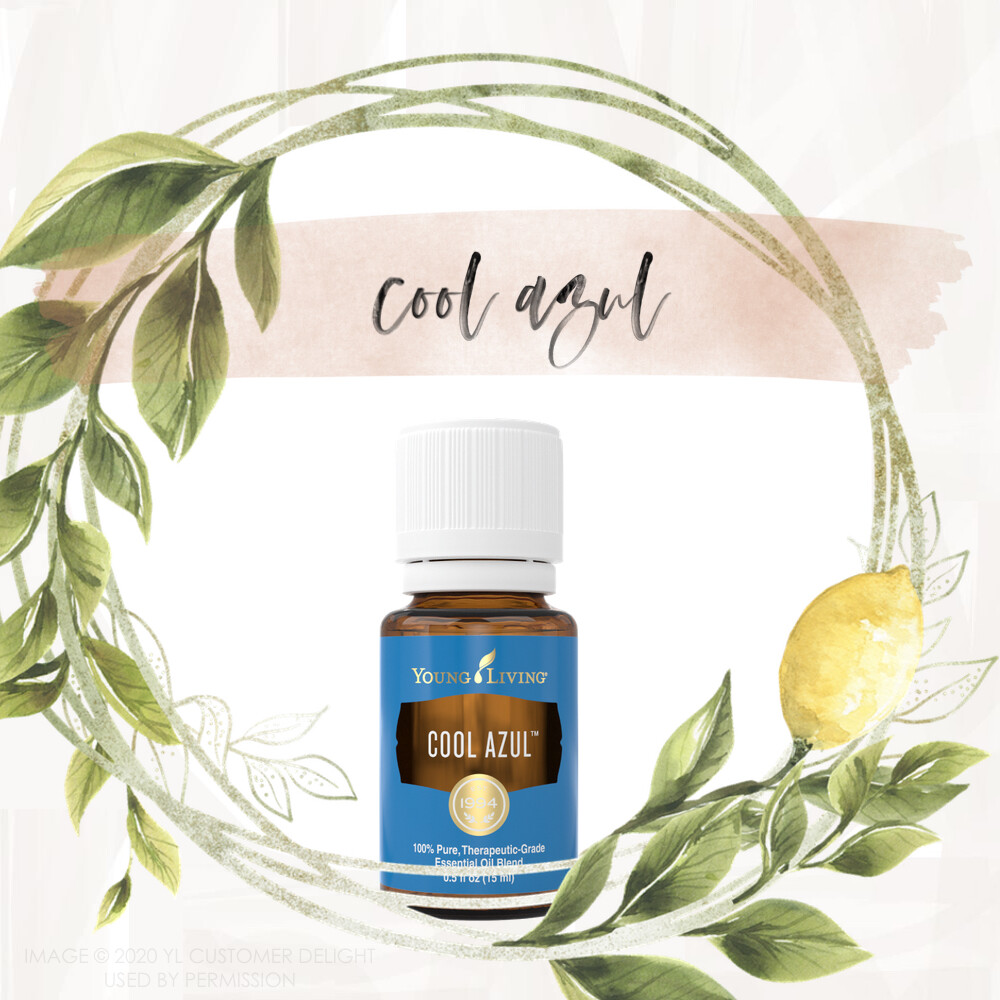
15 ML COOL AZUL - FREE WITH 300PV ORDER
Cool Azul™ is a proprietary essential oil blend created by D. Gary Young that includes the light aroma of Dorado Azul and the warm fragrance of Plectranthus Oregano (both Young Living exclusive oils), along with Peppermint, Wintergreen, Sage, Copaiba, Blue Cypress, Elemi, and other oils. Apply this blend topically for a cool sensation and aromatic experience. Cool Azul is ideal for use before, during, and after physical activities. Attach an AromaGlide™ roller fitment to the bottle and pack it in your gym bag, purse, or backpack for quick and easy on-the-go use.
HISTORICAL USES OF WINTERGREEN
Wintergreen leaves have long been used for its ability to relieve the pain and inflammation associated with rheumatism. Wintergreen leaves were used traditionally by Native Americans and early American pioneers to make a tea used to treat “dysentery, fever, headaches, rheumatism, sore throats, and toothaches.” Both the Mohawk and Iroquois used wintergreen for its pain-relieving qualities. Also, the berries of the wintergreen were eaten raw or cooked in pies by the Native Americans.
HISTORICAL USES OF WINTERGREEN
Wintergreen leaves have long been used for its ability to relieve the pain and inflammation associated with rheumatism. Wintergreen leaves were used traditionally by Native Americans and early American pioneers to make a tea used to treat “dysentery, fever, headaches, rheumatism, sore throats, and toothaches.” Both the Mohawk and Iroquois used wintergreen for its pain-relieving qualities. Also, the berries of the wintergreen were eaten raw or cooked in pies by the Native Americans.
HISTORICAL USES OF PEPPERMINT
Peppermint leaves have been used as a remedy for indigestion since the Ancient Egyptians, and the ancient Greeks and Romans valued it as a stomach soother as well. During the eighteenth century, the herb became popular in Western Europe as a remedy for nausea, vomiting, morning sickness, respiratory infections, and menstrual disorders.
Peppermint was first listed in the London Pharmacopoeia in 1721. In modern times it appears in the British Herbal pharmacopeia as a remedy for intestinal colic, gas, colds, morning sickness, and menstruation pain.
HISTORICAL USES OF SAGE
From 742 AD to 814 AD, Charles the Great ran a reputable medical school in Salerno. In this school, sage was one of 100 plants grown on the property. It was said that he appreciated sage most of all and that even today, it is mandatory to be grown at all monasteries. It was known as the “Salvation Plant” originating from the world “salvarem,” which means “cure.” It was frequently used as a decoction on wounds to stop bleeding, for ulcers, and as a tea for sore throats and hoarseness.
Sage has a very long and rich history due to both its medicinal and culinary uses. In 812 AD, sage was one of the plants deemed so important that Charlemagne ordered it planted on German Imperial farms, no doubt due to the lucrative trade business as well as for its medicinal popularity.
In ancient Rome, sage was considered to have substantial healing properties, particularly helpful in the digestion of the ubiquitous fatty meats of the time, and was deemed a part of the official Roman pharmacopeia. The herb was used to heal ulcers, to help stop the bleeding of wounds, and to soothe a sore throat. The Chinese used sage to treat colds, joint pain, typhoid fever, and kidney and liver issues.
HISTORICAL USES OF OREGANO
In the middle ages, oregano was commonly used for medicinal purposes. They would chew the oregano leaves as a cure for many ailments such as rheumatism, toothache, indigestion, and coughing fits.
During this time, Oregano also made the journey to China. It was also used for medicinal purposes in this region. The Chinese people believed it helped with fever, vomiting, and upset stomach.
During the Elizabethan era, oregano was used for just about anything. It was used to encourage good luck and good health. It was used in spells for happiness, tranquility, luck, health, protection, and letting go of a loved one.
Peppermint was first listed in the London Pharmacopoeia in 1721. In modern times it appears in the British Herbal pharmacopeia as a remedy for intestinal colic, gas, colds, morning sickness, and menstruation pain.
HISTORICAL USES OF SAGE
From 742 AD to 814 AD, Charles the Great ran a reputable medical school in Salerno. In this school, sage was one of 100 plants grown on the property. It was said that he appreciated sage most of all and that even today, it is mandatory to be grown at all monasteries. It was known as the “Salvation Plant” originating from the world “salvarem,” which means “cure.” It was frequently used as a decoction on wounds to stop bleeding, for ulcers, and as a tea for sore throats and hoarseness.
Sage has a very long and rich history due to both its medicinal and culinary uses. In 812 AD, sage was one of the plants deemed so important that Charlemagne ordered it planted on German Imperial farms, no doubt due to the lucrative trade business as well as for its medicinal popularity.
In ancient Rome, sage was considered to have substantial healing properties, particularly helpful in the digestion of the ubiquitous fatty meats of the time, and was deemed a part of the official Roman pharmacopeia. The herb was used to heal ulcers, to help stop the bleeding of wounds, and to soothe a sore throat. The Chinese used sage to treat colds, joint pain, typhoid fever, and kidney and liver issues.
HISTORICAL USES OF OREGANO
In the middle ages, oregano was commonly used for medicinal purposes. They would chew the oregano leaves as a cure for many ailments such as rheumatism, toothache, indigestion, and coughing fits.
During this time, Oregano also made the journey to China. It was also used for medicinal purposes in this region. The Chinese people believed it helped with fever, vomiting, and upset stomach.
During the Elizabethan era, oregano was used for just about anything. It was used to encourage good luck and good health. It was used in spells for happiness, tranquility, luck, health, protection, and letting go of a loved one.
HISTORICAL USES OF LAVENDER
The medicinal uses of lavender date back to 2500 BC. The ancient Egyptians used lavender as a preservative and fragrant perfume. The word Lavender is from the Latin word lavare - which means “to wash”. For centuries lavender has been used for skin ailments. Infusions of lavender were historically used to soothe insect bites, sunburns, and cuts and burns. Queen Victoria was a vocal admirer of the disinfecting properties of lavender and expected her royal residents to use lavender water and distilled oil because she favored it so highly.
The medicinal uses of lavender date back to 2500 BC. The ancient Egyptians used lavender as a preservative and fragrant perfume. The word Lavender is from the Latin word lavare - which means “to wash”. For centuries lavender has been used for skin ailments. Infusions of lavender were historically used to soothe insect bites, sunburns, and cuts and burns. Queen Victoria was a vocal admirer of the disinfecting properties of lavender and expected her royal residents to use lavender water and distilled oil because she favored it so highly.
HISTORICAL USES OF DORADO AZUL
Until 2006, Dorado Azul was recognized only as a weed in it’s native Ecuador. Young Living Founder D. Gary Young gave it it’s the botanical name of Hyptis suaveolens after analyzing the chemical makeup of the plant.
Until 2006, Dorado Azul was recognized only as a weed in it’s native Ecuador. Young Living Founder D. Gary Young gave it it’s the botanical name of Hyptis suaveolens after analyzing the chemical makeup of the plant.
